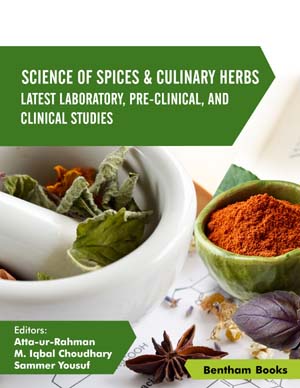Abstract
Coriandrum sativum is an aromatic, glabrous, and annual herb of height 30- 90 cm belonging to family Apiaceae. Its volatile oil content (~1%) has linalool (60- 70%) as a major component, and also has limonene, borneol, phenolic acid, citronellol, and flavonoids, etc. Conventionally, it is used for various purposes, for example. in inflammatory bowel diseases, post-coital anti-fertility activity, anxiety relief, sleeping disorder, and a digestive aid. It is also known for its various pharmacological properties, such as antibacterial, anti-mutagenic, anxiolytic effect, anthelmintic, antioxidant, acute diuretic. Storage of ground coriander should be in an opaque and tightly closed container as it loses aroma and flavor quickly. It synergizes the pharmacological effects with certain oils, including eucalyptus and dill oil. Various clinical studies also highlight the evidence generated by preclinical investigations. This study on Coriandrum sativum deals with the compilation of its vast pharmacological applications with pharmacognostic and phytochemical information, as it is gaining importance as a therapeutically effective medicinal agent from various scientific reports.
Keywords: Anthelmintic Activity, Antioxidants, Antibacterial Activity, Anxiolytic Effect, Antimutagenic Activity, Coriandrum sativum, Post Coital Antifertility Activity.




















